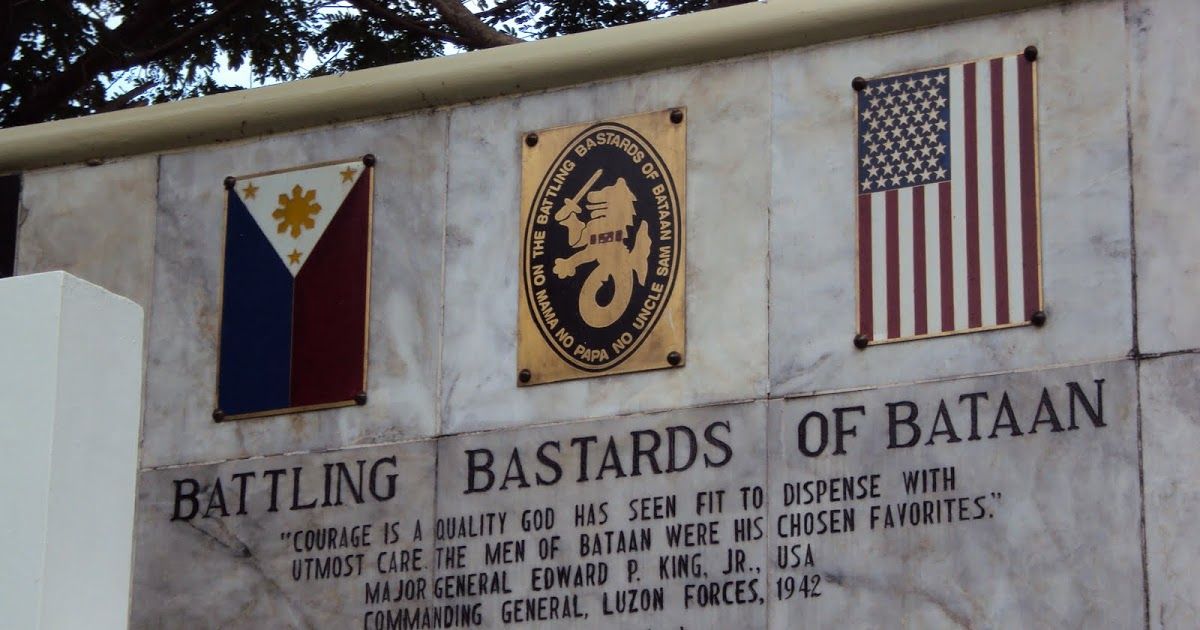As we commemorate the lives of unsung heroes who fought on the ‘Araw ng Kagitingan’ or the Day of Valour, Tatler sums up everything that happened in the Philippines this day 80 years ago.
The story of the Fall of Bataan remains a devastating tale. It is not a story ripped from fiction books but a tragedy engraved in the dark pages of history. The Day of Valour, also known as the Araw ng Kagitingan, commemorates the Filipino and American soldiers who stood up against Japanese forces during World War II.
On 9 April 1942, Luzon Force, Bataan commander Major General Edward P King, Jr, surrendered more than 76,000 of his starving and disease-ridden troops (64,000 Filipinos and 12,000 Americans) to Japan.
As captives, the soldiers were forced to endure the infamous 140-kilometre Bataan Death March to Camp O'Donnell in Capas, Tarlac. Along the way, thousands died due to famine, heat prostration, untreated wounds, and wanton or execution-style murder.
Historians believe that only 54,000 of the 76,000 prisoners were able to reach Camp O'Donnell. The exact number of deaths and escapees was difficult to assess.
Read also: A Dose of History: The Glory Days Of Philippine Society Before World War II

The Plan
The Japanese planned to move the captured soldiers to Camp O’Donnell, a place that they turned into a prison. During the march, soldiers were placed into boxcars in San Fernando. Men who could not fit in were forced to walk.
Camp O’Donnell was later closed, and the imprisoned soldiers were transferred to the Cabanatuan prison camp to join the prisoners of war from the Battle of Corregidor.
The Hardships
The Philippines’ surrender to Japan led to the world’s worst atrocities in modern warfare. The Japanese troops did not provide food and water to their captives; as a result, many soldiers became weaker and started to fall behind the group.
Those who fell behind were beaten and killed. Those who were not lucky enough were driven over by trucks and other army vehicles.
Read also: History Focus: All About The Buffalo Soldiers During The Philippine-American War



